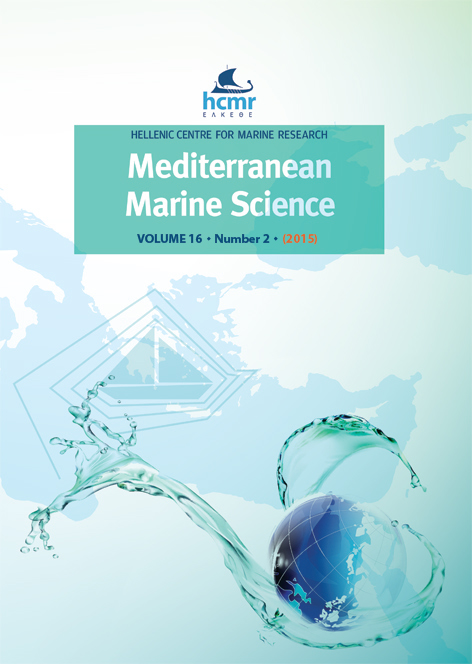Meiobenthos and nematode assemblages from different deep-sea habitats of the Strait of Sicily (Central Mediterranean Sea)
Résumé
Much attention is currently devoted at upgrading our knowledge on biodiversity and functioning of deep water ecosystems. Information is constantly enriched by researchers, even from basins as the long-studied Mediterranean Sea. In such a perspective, we studied meiobenthic and nematode communities inhabiting muddy sediments from three different habitats at bathyal depths in the Strait of Sicily: a cold-water coral site (CS) in the Maltese Coral Province, a muddy bottom in the same area (MS), and a hydrocarbon imprinted pockmark site (PS) in the Gela Basin. The average meiofauna density at CS (1343 ind/10 cm2) and MS (1804 ind/10 cm2) is much higher than that reported in literature for similar habitats; it is also markedly more elevated than that recorded at PS (224 ind/10 cm2). Although nematodes of the three sites show different abundances, they share similar assemblage structure. Nematodes (avg. 86%) and copepods (avg. 9.3%) were the most abundant meiofaunal taxa at all sites followed by annelids, kinorhynchs and turbellarians. Nematodes were composed by 21 families and 46 genera, with Terschellingia, as most abundant genus (12.4%), followed by Microlaimus (11%), Daptonema (11%), Thalassomonhystera (10.8%), Acantholaimus (9.5%) and Sabatieria (8.7%). The genera Thalassomonhystera, Terschellingia, Microlaimus, Daptonema, Chromadorita, Sabatieria, and Anticoma display a dominance in at least one station. The taxonomic structure of meiofaunal communities of the studied sites is rather similar but differences in relative abundance are evident.
Article Details
- Comment citer
-
SANDULLI, R., MILJUTIN, D., ANGELETTI, L., & TAVIANI, M. (2015). Meiobenthos and nematode assemblages from different deep-sea habitats of the Strait of Sicily (Central Mediterranean Sea). Mediterranean Marine Science, 16(2), 402–412. https://doi.org/10.12681/mms.1145
- Numéro
- Vol. 16 No 2 (2015)
- Rubrique
- Research Article
Authors who publish with this journal agree to the following terms:
- Authors retain copyright and grant the journal right of first publication with the work simultaneously licensed under a Creative Commons Attribution Non-Commercial License that allows others to share the work with an acknowledgement of the work's authorship and initial publication in this journal.
- Authors are able to enter into separate, additional contractual arrangements for the non-exclusive distribution of the journal's published version of the work (e.g. post it to an institutional repository or publish it in a book), with an acknowledgement of its initial publication in this journal.
- Authors are permitted and encouraged to post their work online (preferably in institutional repositories or on their website) prior to and during the submission process, as it can lead to productive exchanges, as well as earlier and greater citation of published work (See The Effect of Open Access).







